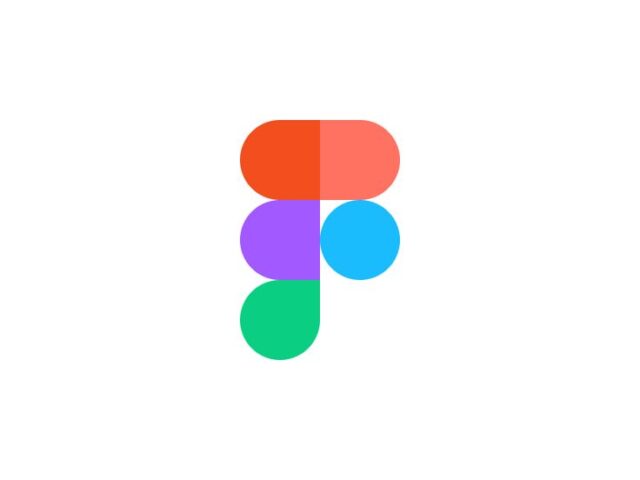The tools used in the fast-paced world of digital design can make or break our workflow. For teams of product designers seeking better collaboration and efficiency through various channels, the choice of design software has become a critical factor. Recently, Figma emerged as a very powerful alternative to Sketch, offering designers features that promote real-time collaboration, ease of use, and streamlined design processes.
If you ever wanted to switch from Sketch or Adobe XD to Figma, then this is the guide for you: a real-world, in-depth description of changing from one to the other; how you can change and make that change successful, from decision-making to execution.
Why We Switched from Sketch to Figma
Sketch: The Go-To Tool with Limitations
For many years, Sketch has been the industry standard for product designers. However, as teams start grow and needs evolved, Sketch starts to feel limiting. Although multiple tools like Abstract, Zeplin, and InVision, meet our daily requirements. This complex web of applications leds to:
- Outdated files: Designers constantly had to chase down the latest versions.
- Complex file management: Finding the right design often became a frustrating scavenger hunt.
- Collaboration struggles: Keeping everyone on the same page required excessive meetings and manual updates.
The need for more streamlined communication, a centralized design hub, and better version control, dictates to explore alternatives. That’s where Figma comes to the game.
Figma: A New Way of Designing Together
Figma offers a solution to many of the challenges we face. Its real-time collaborative features, integrated version control, and web-based platform meant that team could work together seamlessly, without the need for multiple tools. Figma also makes it very easy to invite developers or product managers into the design process without having to buy extra licenses of the application.
However, with change comes with challenges, and Figma was no exception. The decision to migrate required careful consideration, planning, and, most importantly, team buy-in.
Planning the Migration: Understanding the Costs and Benefits
Evaluating the Trade-offs
Moving from Sketch to Figma wasn’t just a matter of importing files. Its to rebuild your entire design system from scratch—styles, components, and libraries. This is no small task. But it also presented an opportunity: a chance to clean up inconsistencies, eliminate outdated designs, and declutter our workflows.
Figma’s features, like auto layouts, variants, and team libraries, promises long-term benefits. To fully leverage Figma’s potential, one should have a mindset of a more collaborative and organized approach.
Establishing Our Goals
Before diving headfirst into the migration, we should a step back and defined clear objectives:
- Boost Collaboration: We need feedback to be effortless, without relying on multiple meetings and emails.
- Improve Design Visibility: Design files needs to be easily accessible for all stakeholders, not just designers.
- Increase Efficiency: Aim to minimize duplicated efforts and ensure that everyone could find the right design at the right time.
These goals guide in clear migration strategy.
The Migration Process: Step by Step
Getting the Team on Board
That was one of the most critical steps, where all designers, developers, and product managers were fully on board. Figma, being collaborative, meant that everybody could enjoy using the tool, regardless of their level of technical expertise.
To ease the transition, allow team members to experiment with Figma before the official switch. This hands-on experience will help them understand Figma’s advantages and revealed areas where Figma excelled over Sketch.
Auditing Our Existing Designs
Before migrating any files, conduct a comprehensive audit of your design systems. This “clean-up” phase involved refining your design libraries and discarding unused or outdated assets. By the end of this phase, you will have, reduced the size of your design projects by up to 95%, making the migration smoother and more efficient.
Tips for a Smooth Migration
1. Familiarize Yourself with Figma-Specific Features: Components, variants, and auto layouts are powerful tools that can drastically improve your workflow.
2.Communicate Clearly: Keep the team informed at every step to ensure alignment on how libraries and files are organized.
3. Stay Organized: Create templates, headers, and footers to maintain a clear structure in Figma. Divide your libraries and projects logically to keep the team organized.
4. Lean on Figma Experts: Having someone well-versed in Figma’s features is invaluable. As a Figma expert, I was able to provide focused guidance and save time by helping designers navigate the tool effectively.
The Results: A Successful Transition
By the end of your migration, you will notice a significant improvement in collaboration and design efficiency. With Figma, your team could:
- Collaborate in real time, allowing multiple designers to work on the same file simultaneously.
- Create advanced prototypes and animations for more effective usability testing.
- Reduce reliance on multiple tools, streamlining our design process.
Thus, the successful migration to Figma would not be due to your use of a new tool alone, but rather through the concerted effort of the entire team product designers through developers.
Key Takeaways and Final Thoughts
Migration from Sketch to Figma is not a task to be taken lightly. It requires planning, understanding of your team’s workflows, and time for training and migration. The benefits cannot be described adequately.
- Figma’s collaborative tools reduce the need for constant syncing and meetings.
- Its intuitive interface allows teams to get started quickly, increasing productivity.
- With Figma, design systems become more accessible and scalable, ensuring that your team can grow without outgrowing the tool.
In conclusion, if your team thinks of switching from Sketch to Figma, then it is very important to assess your needs, make a relatively good plan, and take the whole team along in that process. That way, migrating to Figma would become a much more collaborative, efficient, and joyful design process.
Ready to make the move? Well, the rewards are worth the efforts.









